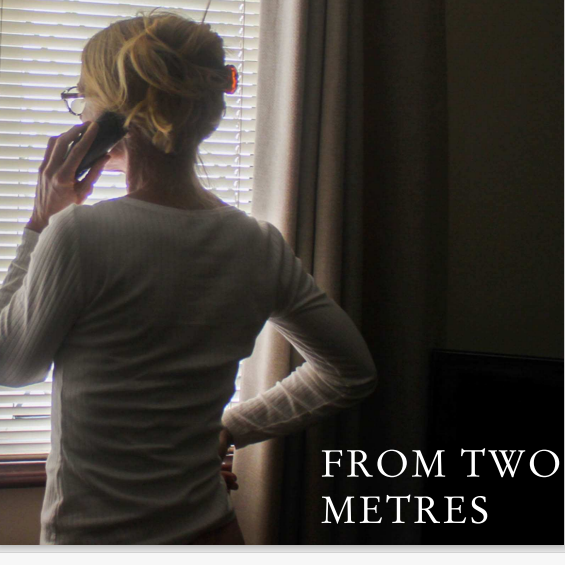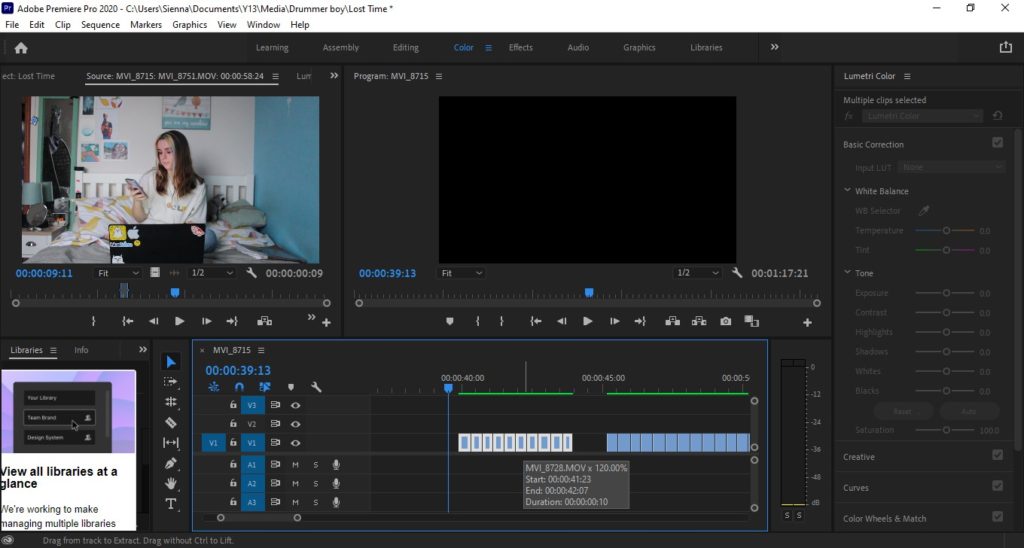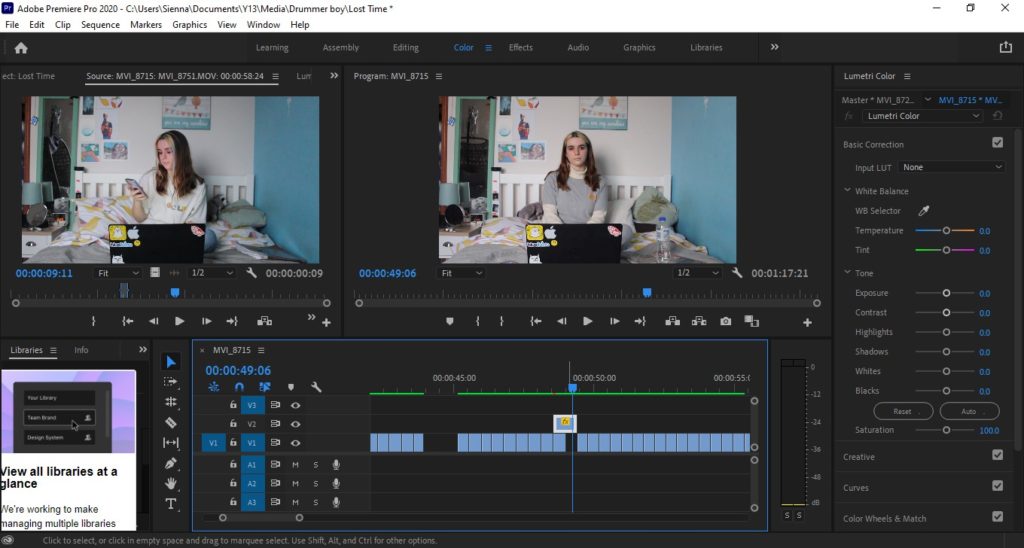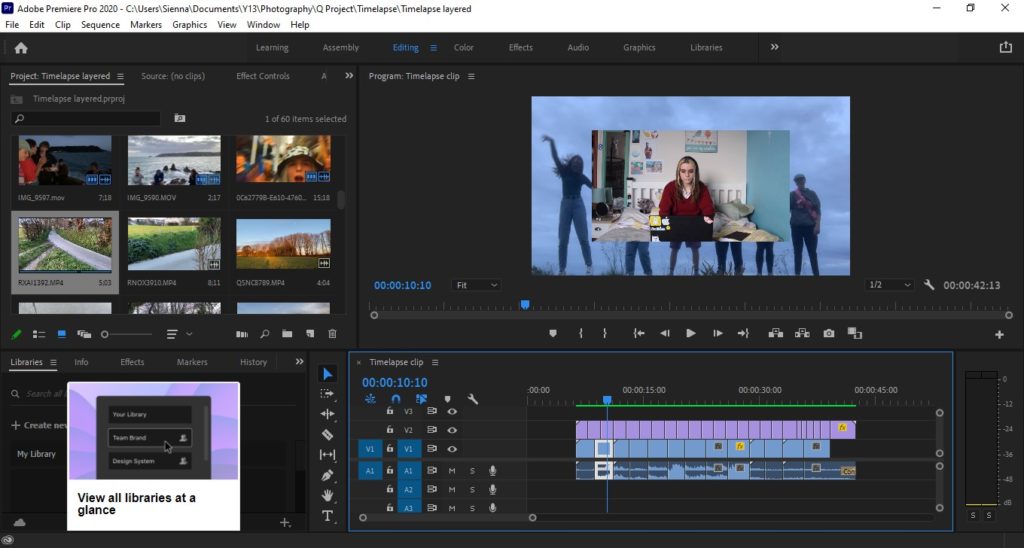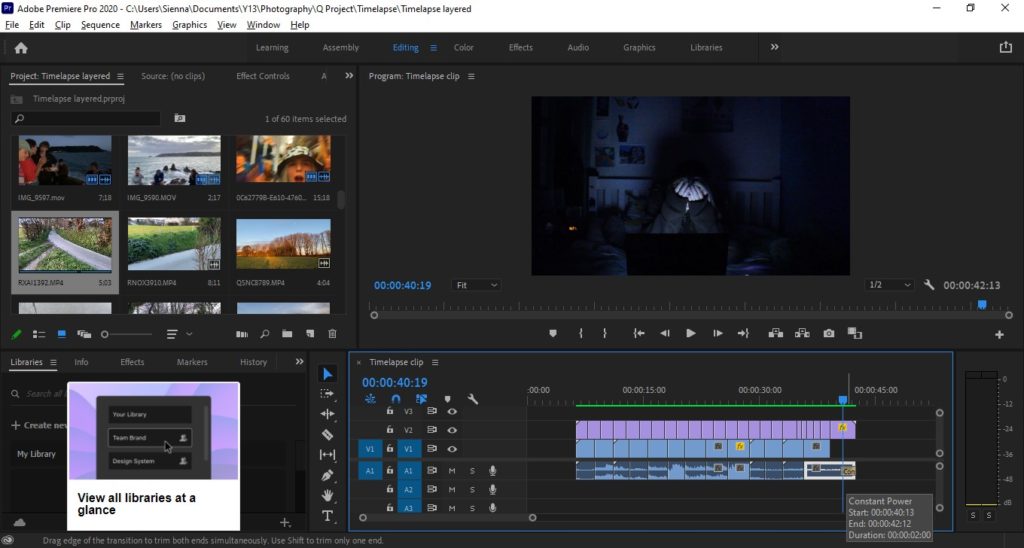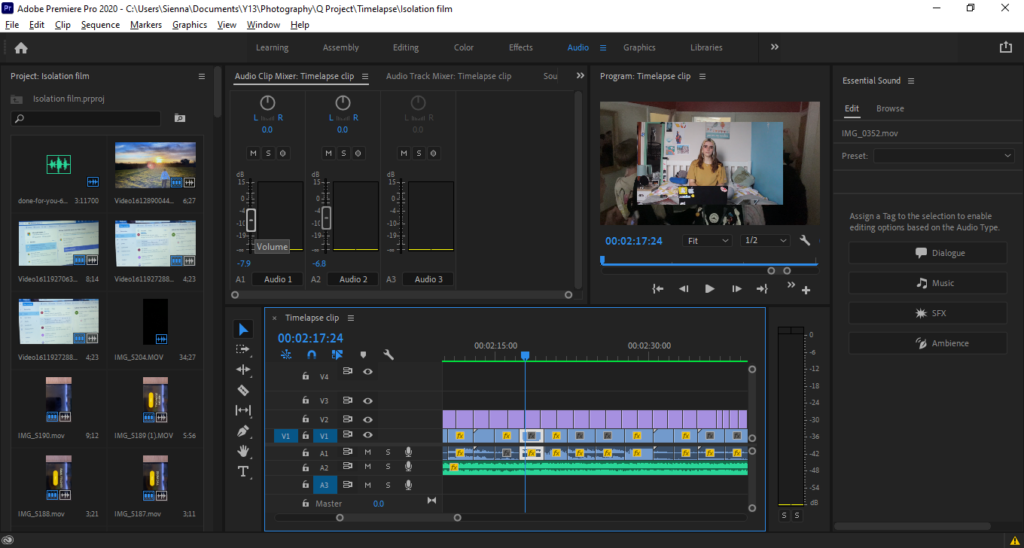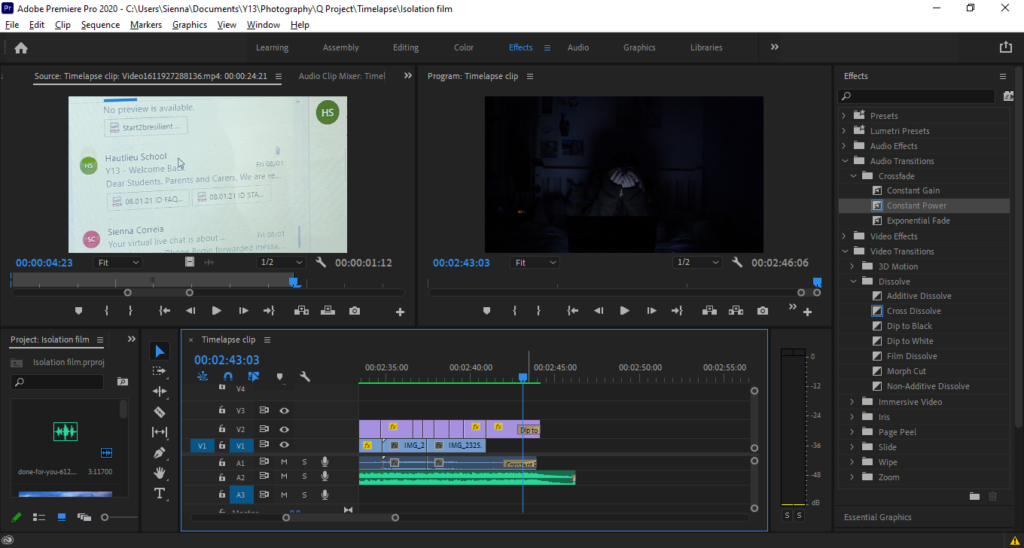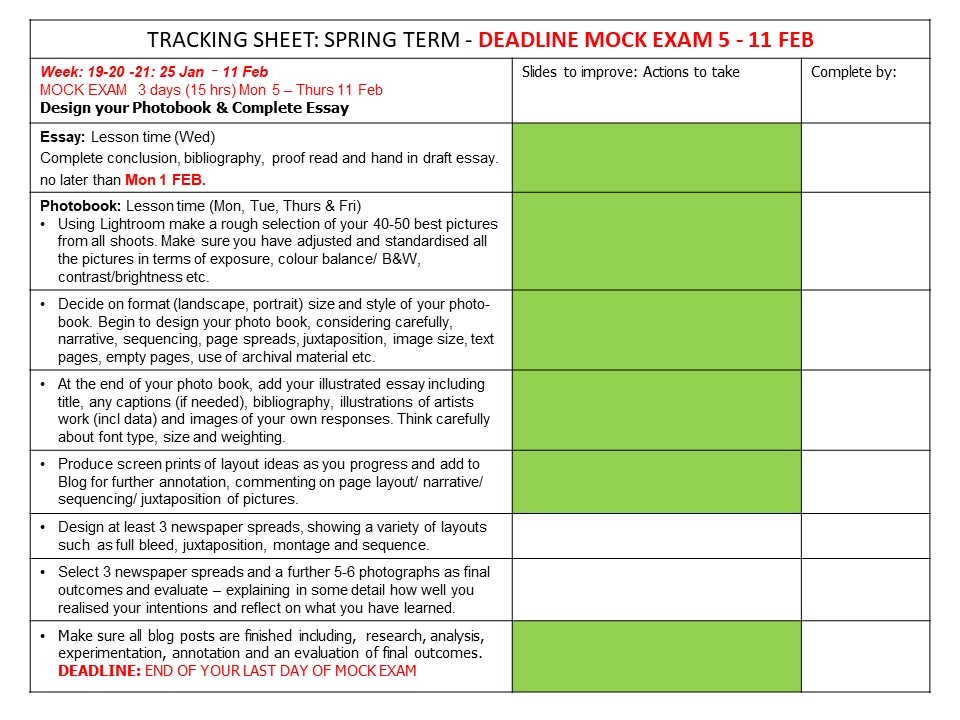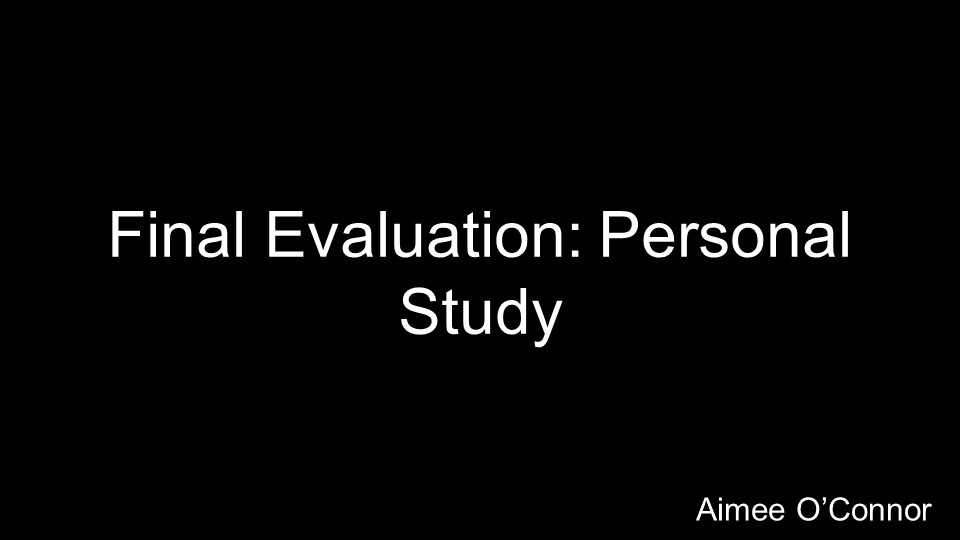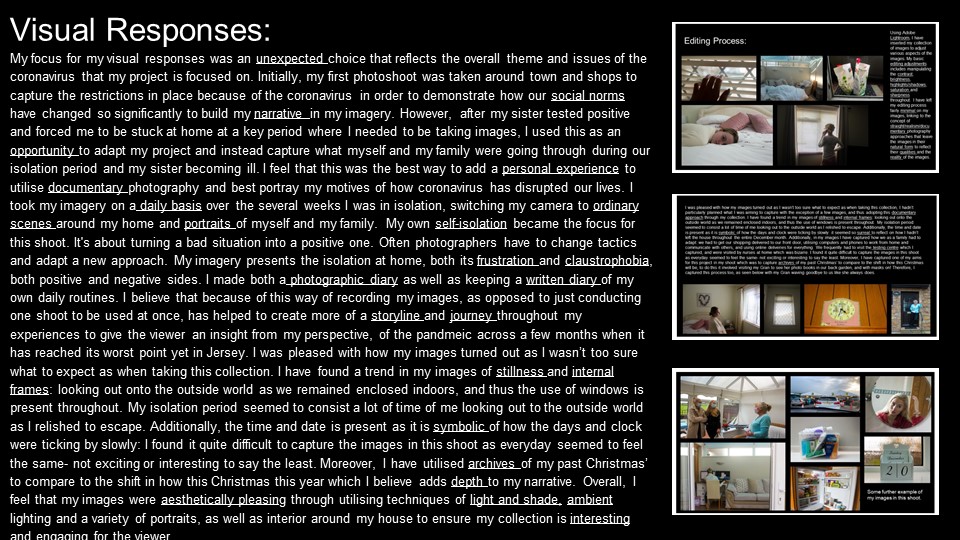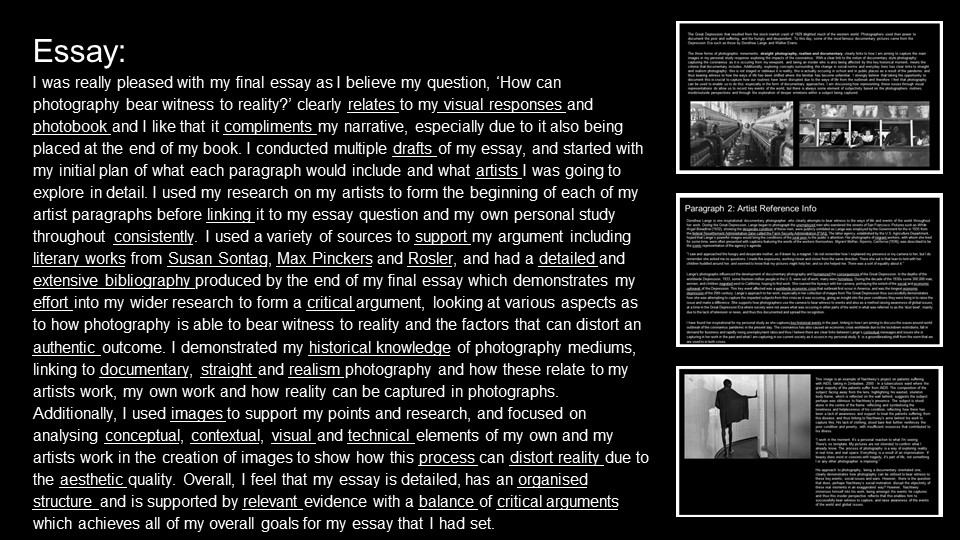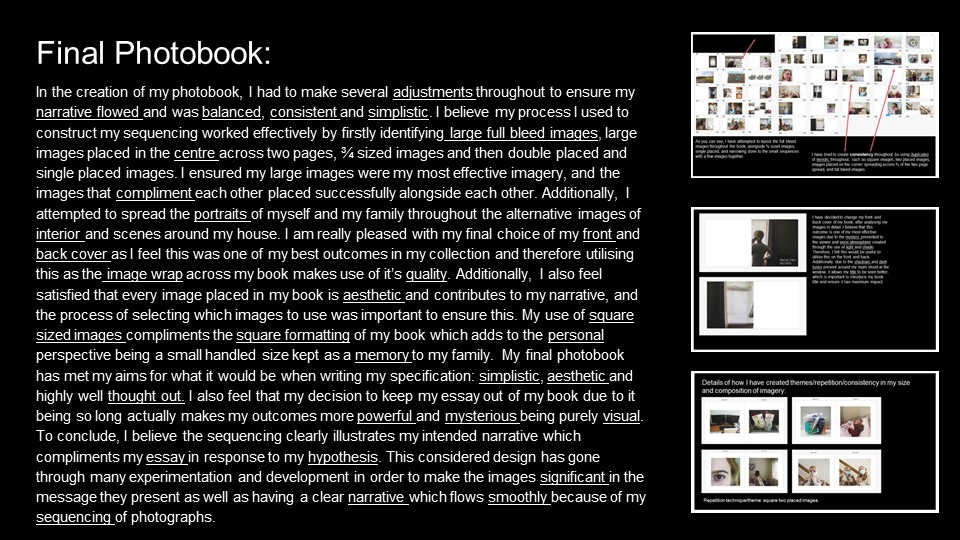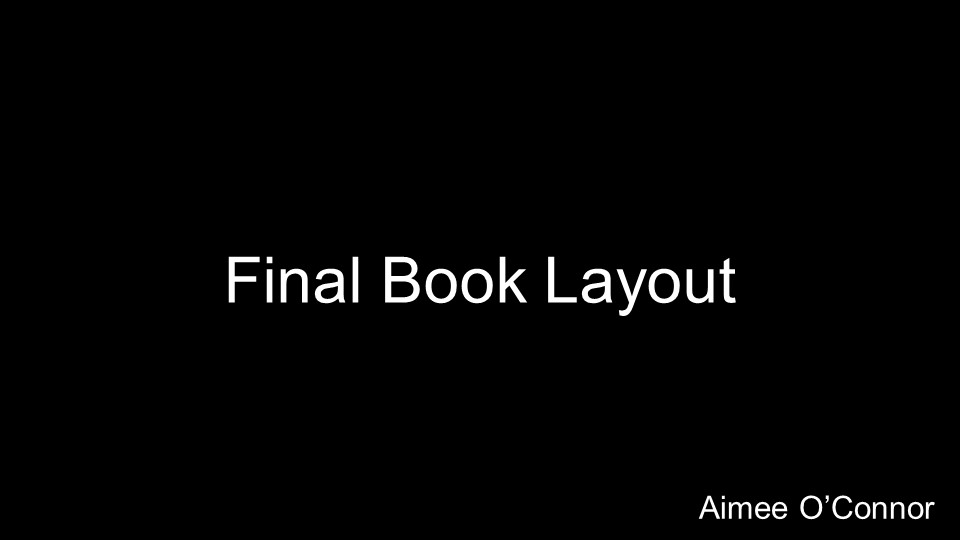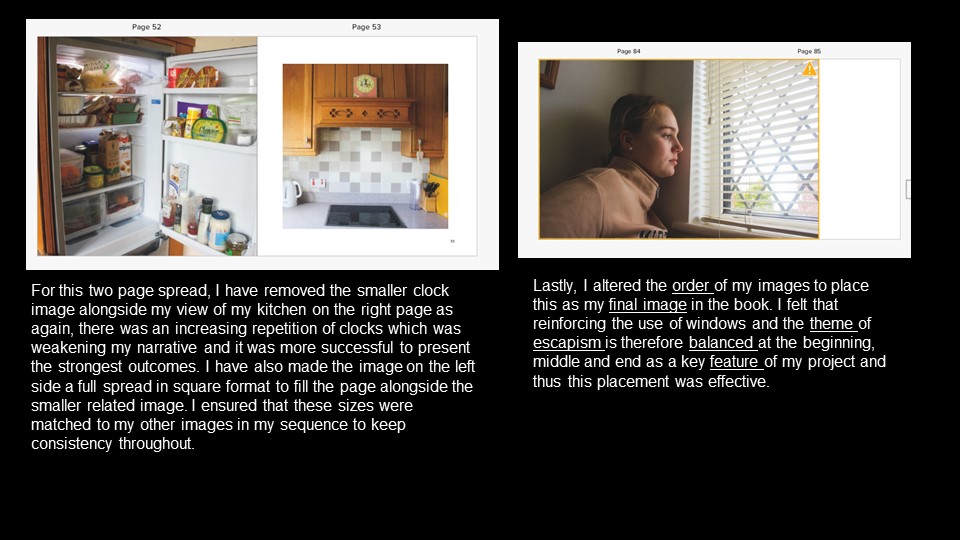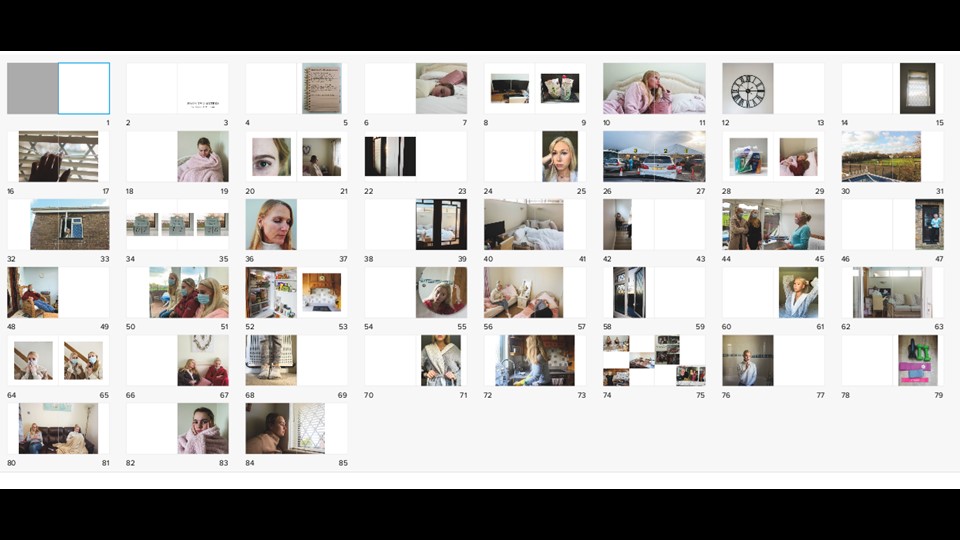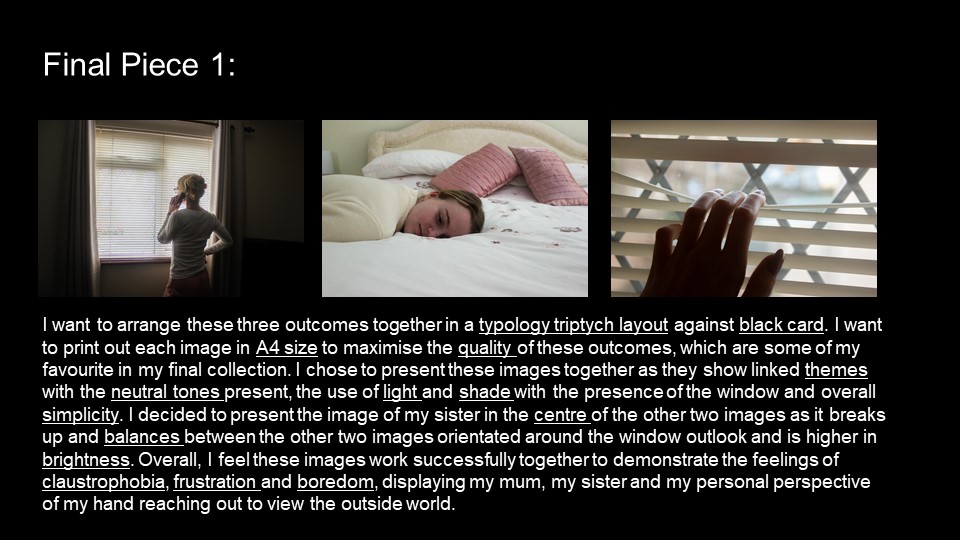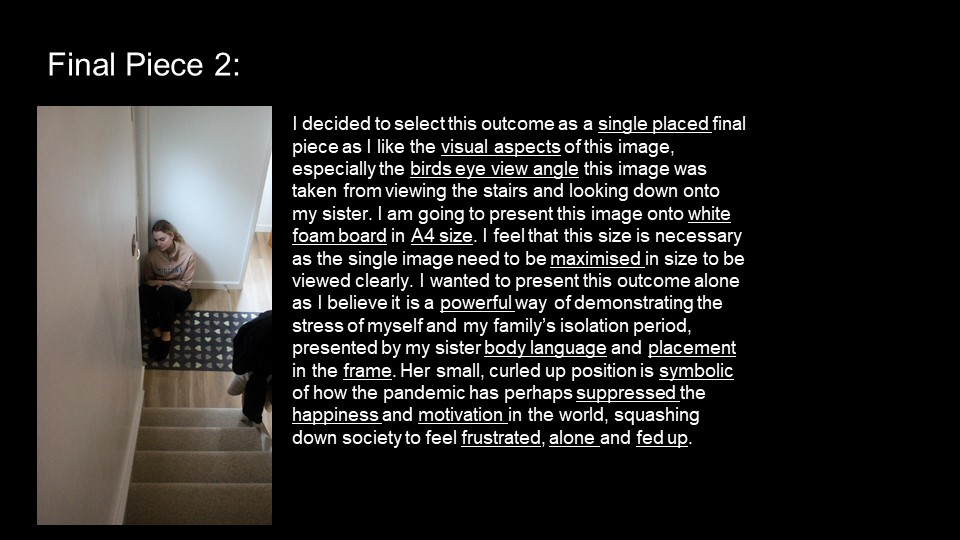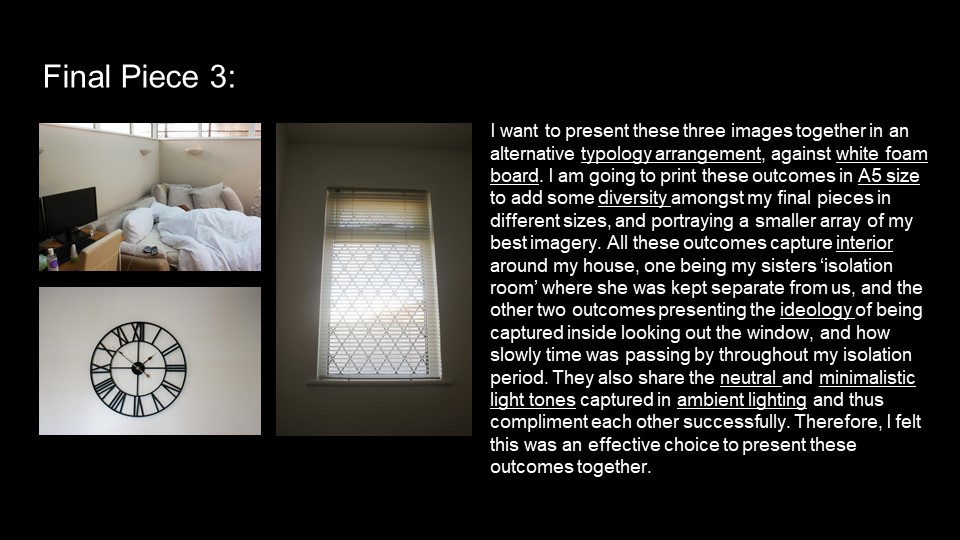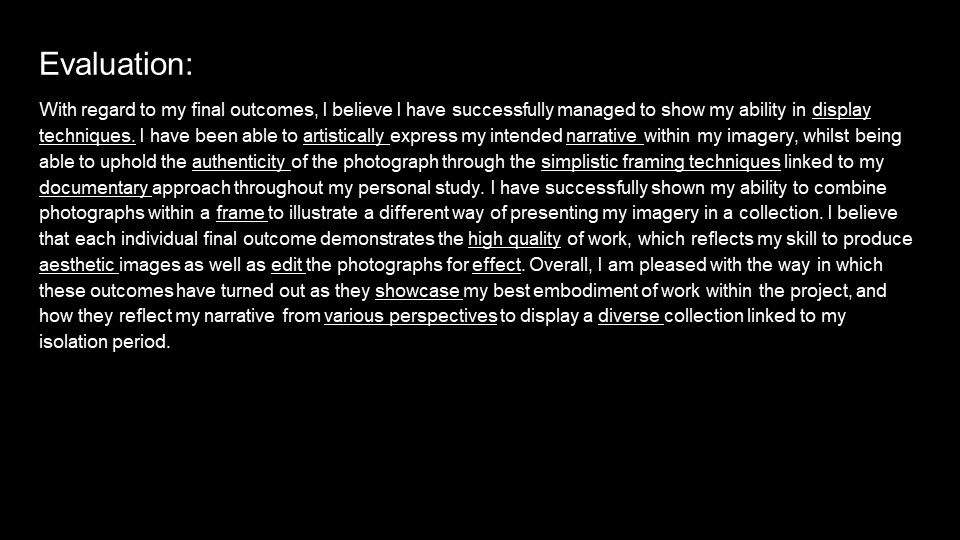In my personal investigation, I will be looking at the corona virus pandemic, how it has affected my family, social life and the world as a whole.
We were naïve to think that this virus, COVID-19, originally starting in China would never spread to Jersey. Living on an island the effects of the pandemic have not impacted us to the same extent as many other countries around the world, nerveless it has impacted us all in some form. I have decided to focus on the affects it has had on us for example all the new regulations, restrictions and changes we have adopted into our everyday lives. To show this I will be photographing the signs and changes made to our island to reduce the spread of COVID-19. I will be mainly focusing on affect it has had on my 21-year-old sister as she has had to adapt to the new ways of interacting when it comes to her work and social life. I will be analysing the work of my two chosen artists which are Sarah peart and Joanna Fursman. I will be studying their work to see how they how they have pursued this topic and how they have presented it to the public. I have chosen these two photographers because I like the way they take and present their photographs in their hometowns to show the effect that this pandemic is having on everyone around them. Both artists take a range of different types of photographs from portraits to landscapes, close, mid and far shots. This allows the photographers to have a greater control on what they want the viewer to focus on. Furthermore, I have also been inspired by a a number of photographic organisations and institutions such as QUAD Format Festival, The People’s Picture, Cortona on the Move – Covid 19 Visual Project and Ballarat International Foto Biennale There has been a global call out for civilians and photographers around the world to make images that reflect what Covid-19, isolation, lockdown etc. looks like using Instagram and other forms of social media. This could compare this to the historical Mass Observation Archive, this was a programme that was rolled out to record everyday life in Britain in 1930-50s.
There have been a variety of different art movements due to COVID-19 to express people’s views and mixed emotions about the affects it has had on their life and surroundings. After researching this area of study, I have chosen to analyse in depth the historical programme called mass observation archive as it caught my attention and influenced me to focus on this specific area of study (COVID-19). To keep it short and simple “The Mass Observation Archive specialises in material about everyday life in Britain. It contains papers generated by the original Mass Observation social research organisation (1937 to early 1950s), and newer material collected continuously since 1981 (Mass Observation Project). The Archive is a Charitable Incorporated Organisation”. They have created a page publishing life events that have impacted the world by asking people to keep journals of your personal experience of the COVID-19 pandemic to then be published through social media.as I am from jersey Channel Islands, I thought this would be a good approach to go through with due to being an island which once had 1,000 cases. Therefore, this would allow me to show people in bigger countries and city’s all around the world the difference between smaller and bigger affected place. I have been inspired by this to create my own project based on COVID-19 as I believe it a good way to document life changing events in the world that we can all look back at in the future. This can be compared to the Ballarat international Foto biennale which is an international photography festival and gallery of photography Ireland to create a visual record of the COVID-19 crises on Instagram. This event is free to be taken part of as you can send through your best photographs of your own COVID-19 experience to be posted on there Instagram. This is a way to share everyone’s thoughts and experiences as they state “2020 is becoming a hugely significant moment in time and mass isolation is an opportunity to find lightness, to share experiences and build our faith in humanity’s ability to survive”. Both movements have the same intensions which is to help spread awareness and peoples experiences through this pandemic however, Ballarat international Foto biennale have used Instagram which is a popular source of social media that a high percentage of people use nowadays. This allows their page and photographs to be seen all around the world. It is a community to allow people to get together and share their opinions and views during these hard times. Therefore, this had a huge impact on my area of study which is COVID-19 as it has inspired me to create my own photobook on how this worldwide pandemic has affected me, my family, and the people around me.

Sarah Peart is a female photographer from Stoke. The work that closely focuses on my work called “aftermath”. In this project she has photographed the effects of COVID-19 and lockdown in her surroundings (stoke, Trent). Throughout her book she uses a variety of different photograph from street photography, portraiture, and signs to express the effects of this worldwide pandemic. The city she is currently in has had a massive impact to COVID-19 therefore, she has shown how this has affected families, friends, and everyone with those she photographed encapsulating people’s views and opinions on the pandemic and their strength in continuing their way of life as best they can. Her work is a way to show people the affects this has had on lives however, I believe she has also done this top help people around the world cope and stay positive during these hard times we are facing. I have used Sarah’s work to inspire me with certain photographs in this project for example, using props such as signs helps the viewers understand how COVID-19 has gradually changed the way of living in the world. I shown this through social distancing and mask signs in my photobook with reflects on they way she also presented COVID-19 in her work. Furthermore, she used the use of individuals to communicate their personal experience in the pandemic. She has photographed individuals with masks outside store and more to indicate the impact it has had on them. I have also used this method throughout my project however in a different sense. I captured photographs of 1 individual indoors due to being in isolation. This includes a mixture of different photos that the subject did daily throughout isolation, from cleaning, working, and resting. The photographs in her work have been placed in a sequence-order as it goes from a negative to a positive which helps manifest happiness throughout. This is shown as after one photograph of the impact of COVID-19 to individual in stoke the following photograph will be a portrait of them smiling with a personal positive quote alongside it. This suggests Sarah is trying to spread happiness and positivity within her work. Each photograph has a meaning behind it which makes them more special towards Sarah and the people involved. Including a quote of their own thoughts and experience allows us as the viewers to relate and get to gather as a community. One quote that I think expresses positivity and hope is the following “Despite this new, slightly dysfunctional environment however, people have made the most of being in lock down, whether it’s focusing on health or family. Now with a bit of care and cautious optimism we can start to rebuild, we can start to carry out long awaited plans and slowly adjust to the new unpredictable way of life”. This therefore shows the sentimental value that this photobook has to the people involved and the city as it is now something that can be looked back on in the future.

Joanna Fursman is a Birmingham based artist, academic and educator. Her research combines the distinct fields of the photographic image, art practice and pedagogy to examine contemporary appearances of school. Collaborating with schools and students in Birmingham on the days they returned to the classroom in 2020 she makes the experiences of young people in school more visible and explores how returning to education in a landscape newly shaped by the pandemic looks and feels. Therefore, Joanna work represent COVID-19 through photographs of objects that allows us as the viewers to see the rules that have been taken in place in schools to improve the spreading of this virus. She has not tried to make this situation seem any better than what it is as her images are straight forward and direct on what is happening in the real world.
My project was highly influenced by Joanna’s project called “from 2 metres” because of the way she used objects to show the impact of COVID-19. Throughout her project she has photographed a variety of objects such as masks, signs and more in a Birmingham school to see how students and staff have reacted to the new regulations that have been put in place to protect people and prevent the virus from spreading. I took this into consideration in my project as I decided to take photos of signs and objects which the subject in my photobook did on a daily to stay safe during this worldwide pandemic. I took a similar cup close photo of my sister sanitising her hands as this is one of or the most important thing to stay safe and prevent the spread of the virus. I believe that this helps the viewers understand the importance of self-care as these regulations have been put in place in schools such as the school that Joanna photographed to keep work and social life on going. My sisters experience of being tested positive for COVID-19 is similar to the pupil’s experience in school due to having to clean after themselves and being limited to what they can do. I tried to show this through photographs of my sister wearing masks, sanitising, and working from home. Although I have taken photos of my sister in my project, I have also used Joanna technique of using objects instead of humans to demonstrate the impact it has had on people and society. I think doing this has allowed me to show a wider range of different styles of photography as it will help and give the viewers a more open view of the project. Joanna’s project “from 2 metres” is closely linked to my project due to the use of objects to show the regulations and impact it has upon people in society. This has allowed me to express this to my viewers in a unique and different ways which shows different skills and techniques used throughout the project. I have also tried to use different objects to Joanna’s work to make it unique but however still has a resemblance to her work which has inspired me.
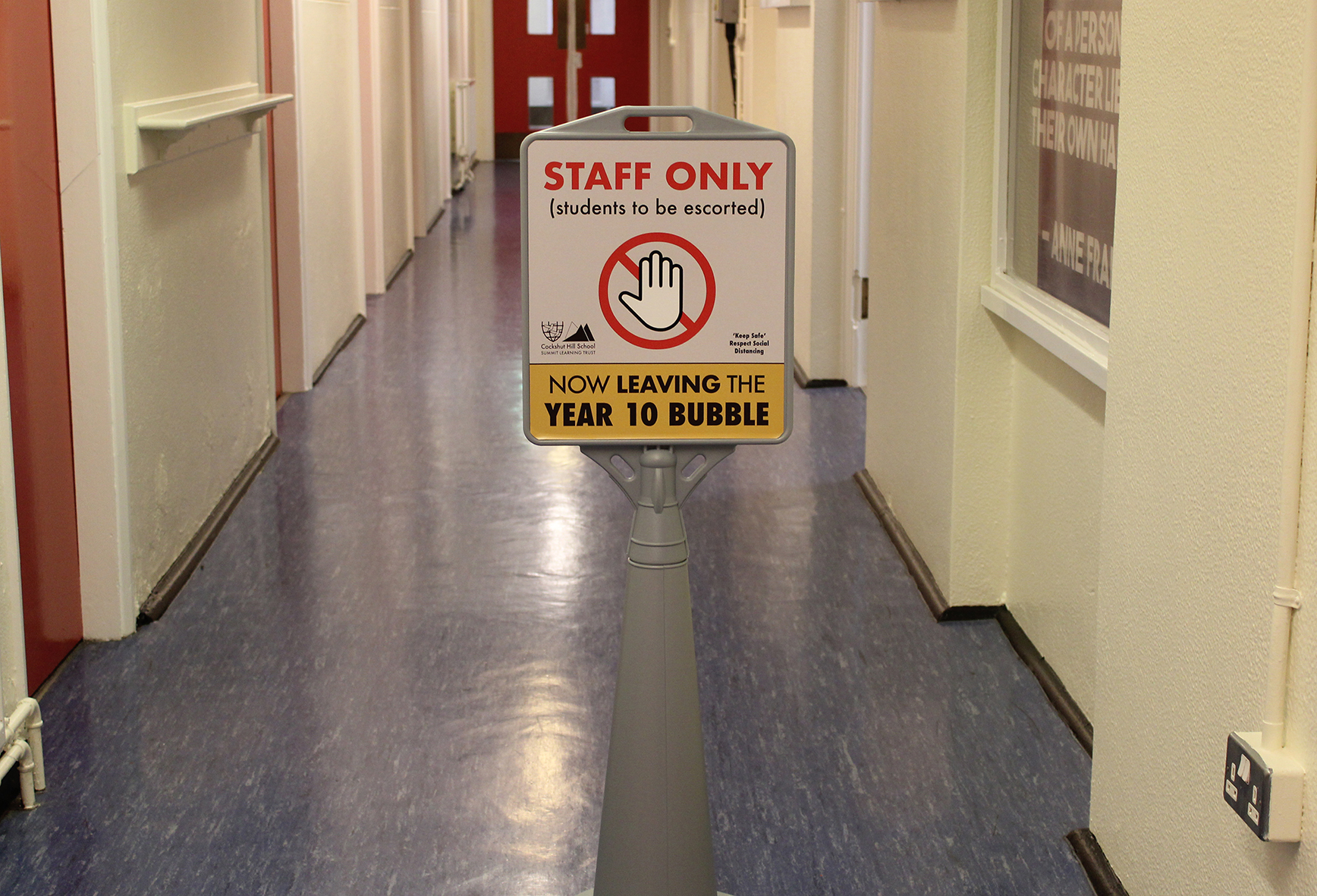
In conclusion, my analysis and research of my chosen artists has inspired and influenced me during the photography process on my photobook when trying to communicate the impact of COVID-19 through photos. In my opinion, I believe that used similar methods to both Joanna Fursman and Sara Peart however I did not solely focus on one as I also included different range of photos to make my work unique. The focus of my photobook is all associated indoors which reflects more to Joanna Fursmans work as her photos Varey from in and outdoors. This is because I based my work on being in isolation which refers to being indoors 24/7. I will be photographing signs and COVID-19 related props which both artists have done as I think it’s a great way to show the new regulations and how this worldwide pandemic has affected everyone as a community. Having a close relationship with my sister allows me to demonstrate her feeling more effectively using photos instead of using outsiders to show this. Therefore, I believe that my project has an even number of differences and simulates to my chosen artists due to me being inspired my their work and also including different type of story as it makes it personal and creates more sentimental value to me and my family. Overall, having my project based on one induvial allows my work to be unique and different anyone else’s as it comes from a personal event and change that the subject as faced to adapt to.
word count: 2105
- Bibliography: List all relevant sources used
- http://www.massobs.org.uk/about/what-s-on/205-covid19
- https://ballaratfoto.org/massisolationaus/
- https://grainphotographyhub.co.uk/portfolio-type/joanna-fursman/
- https://grainphotographyhub.co.uk/portfolio-type/sarah-peart/
- https://www.derbyquad.co.uk/about/news/massisolationformat-experiences-covid-19

